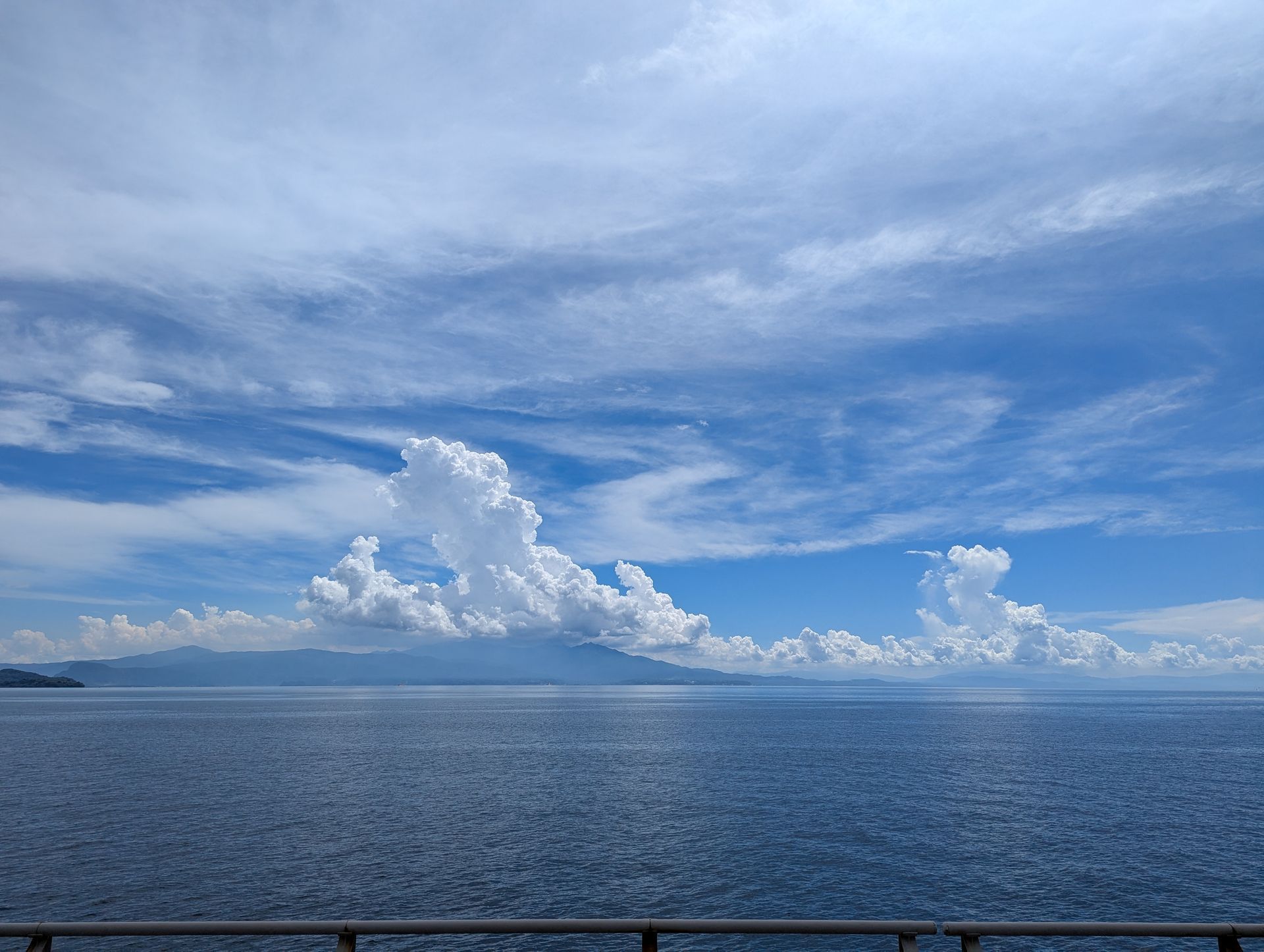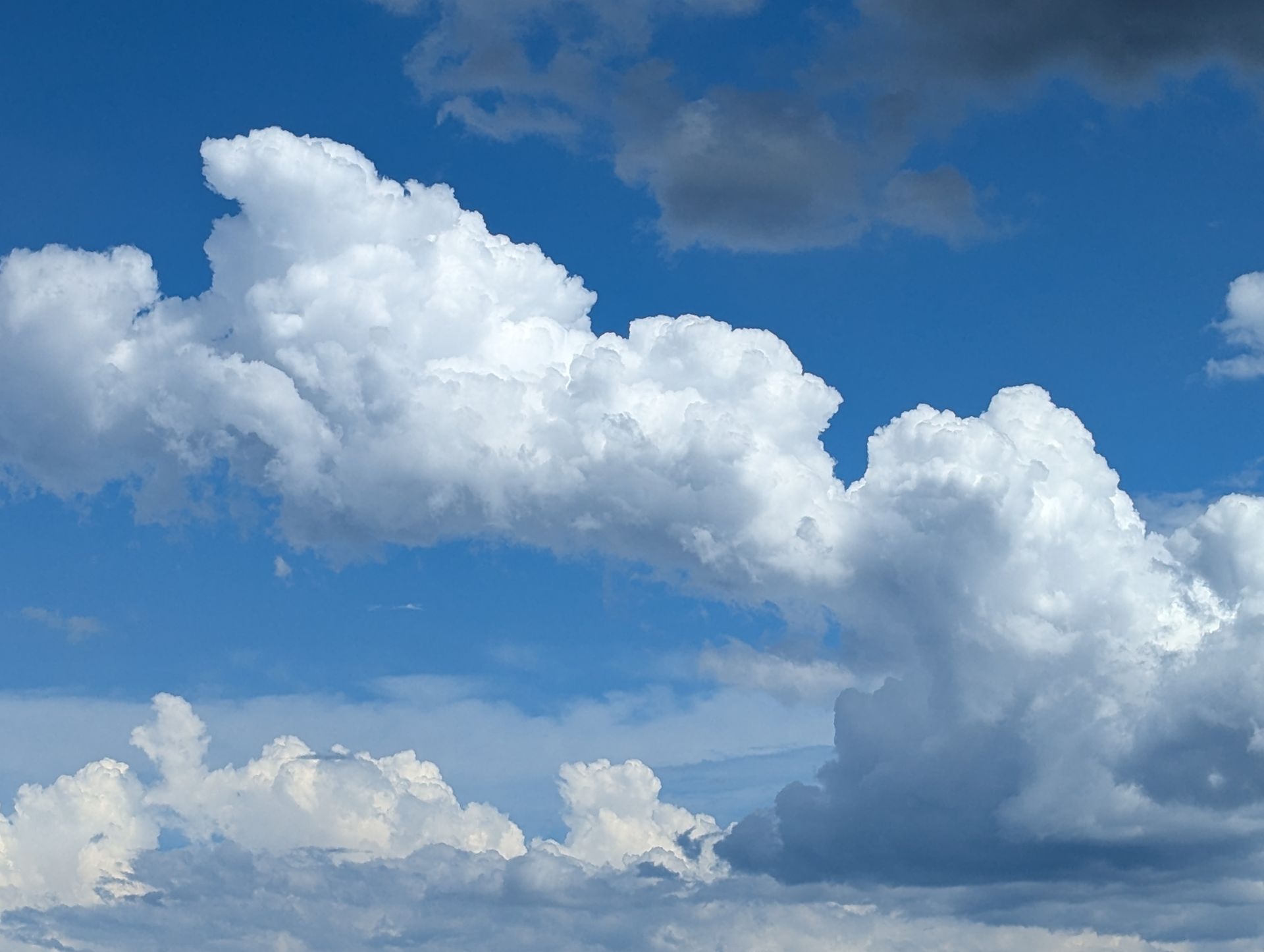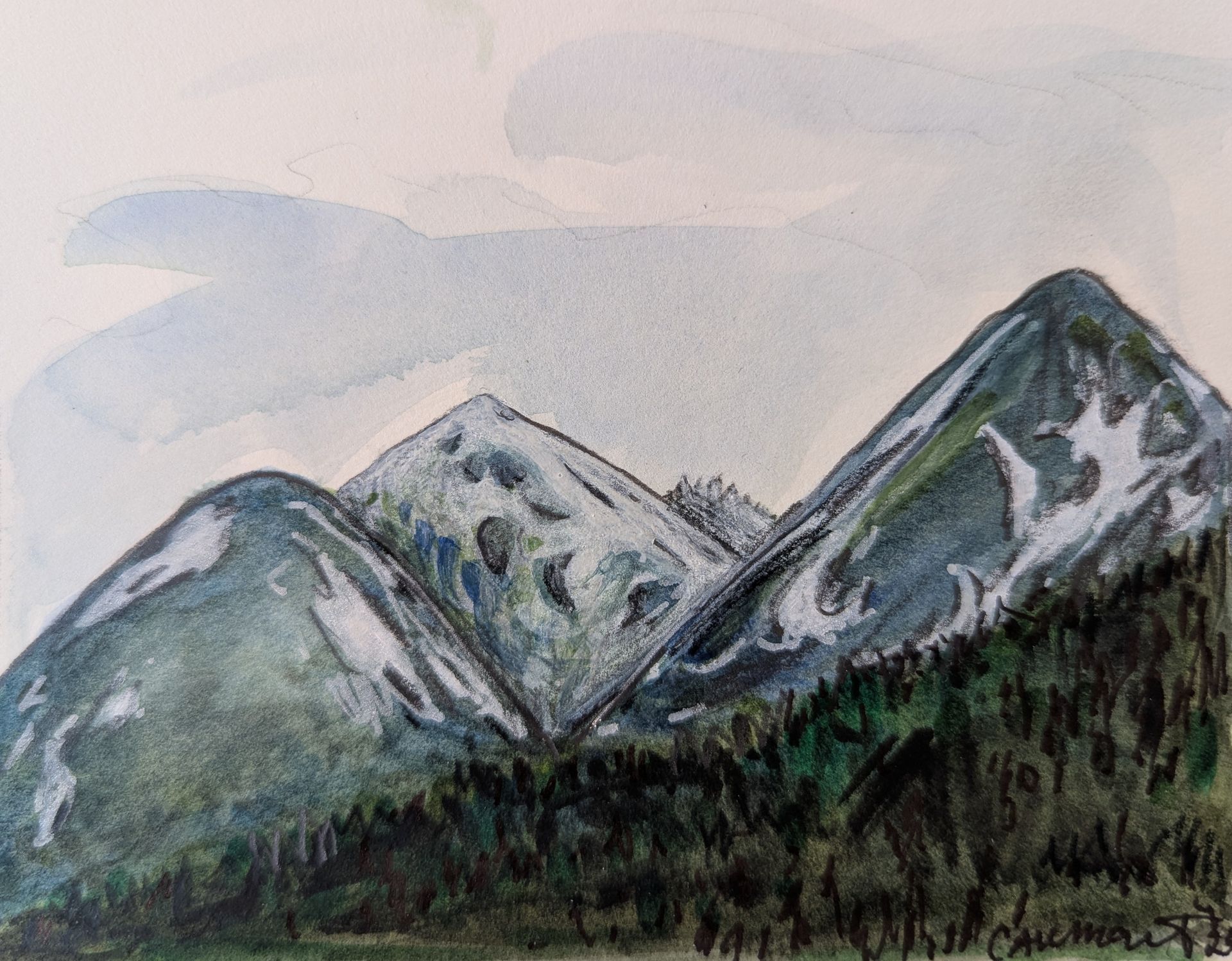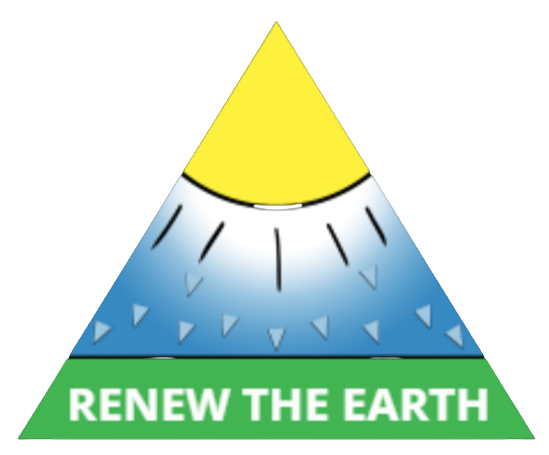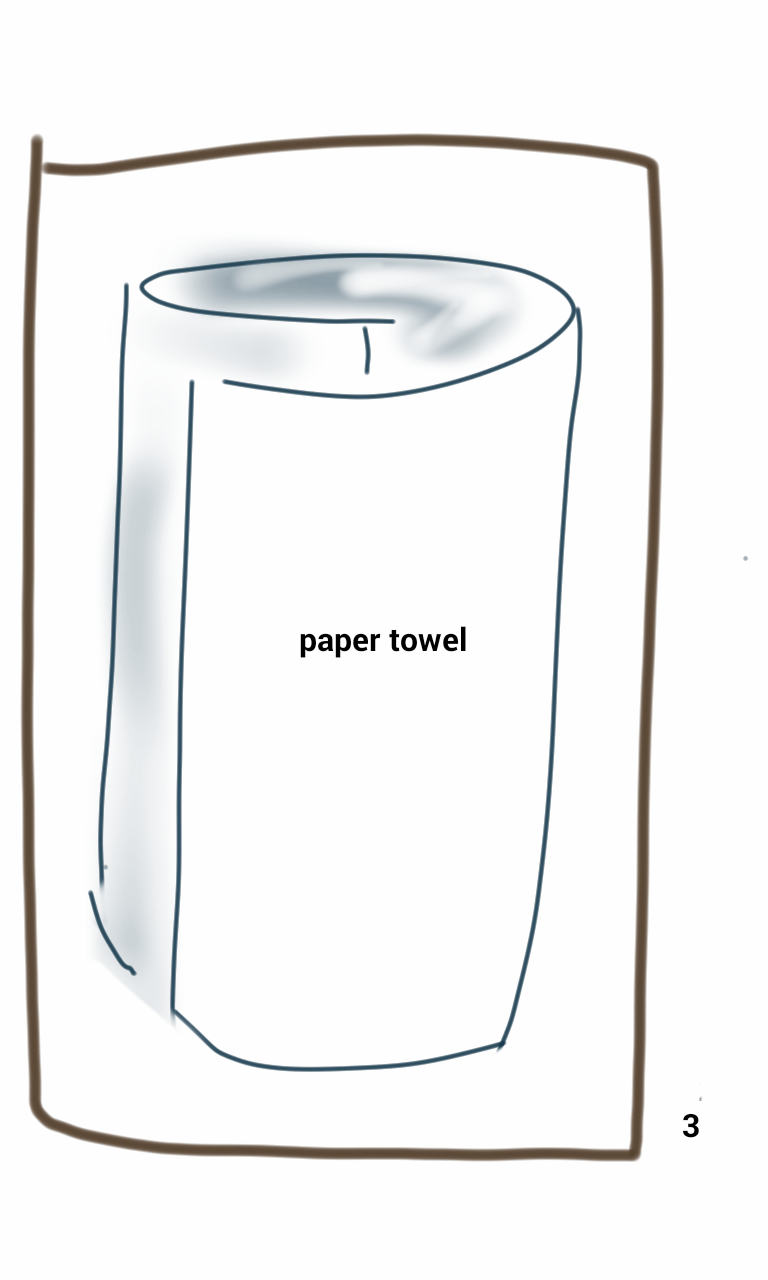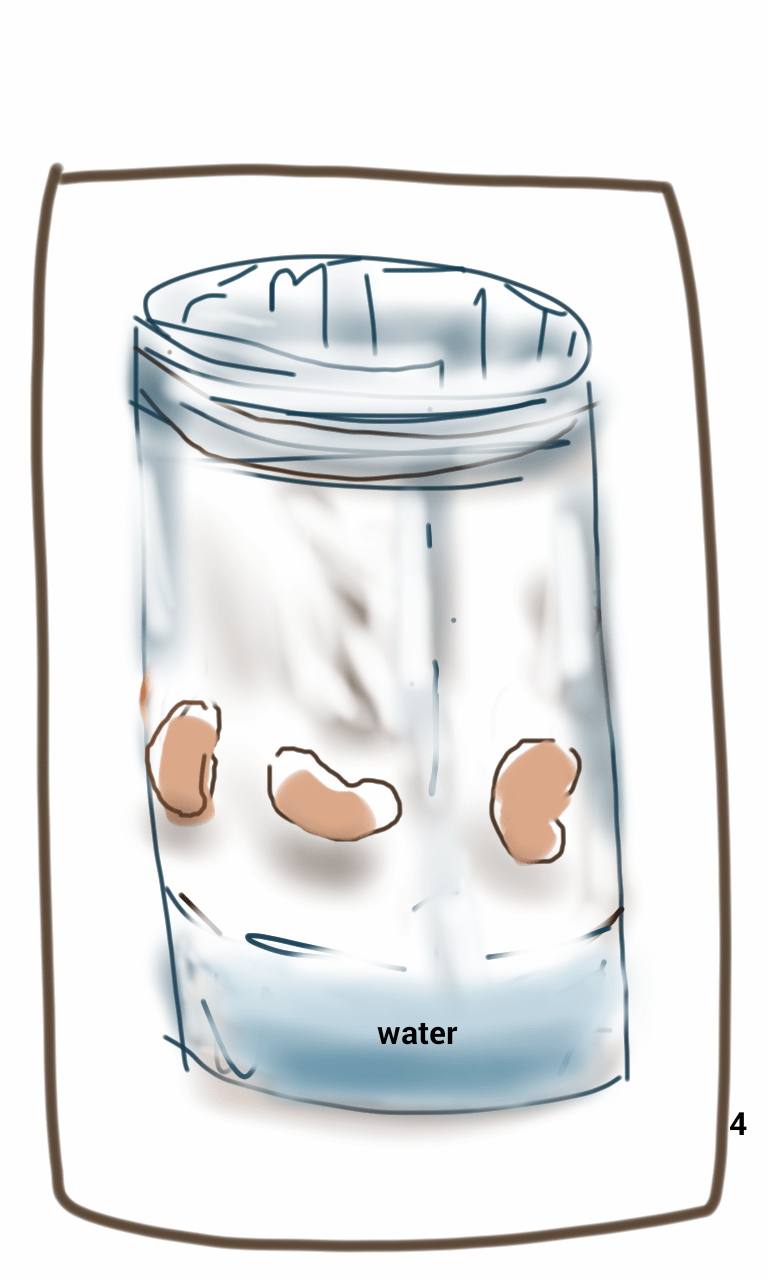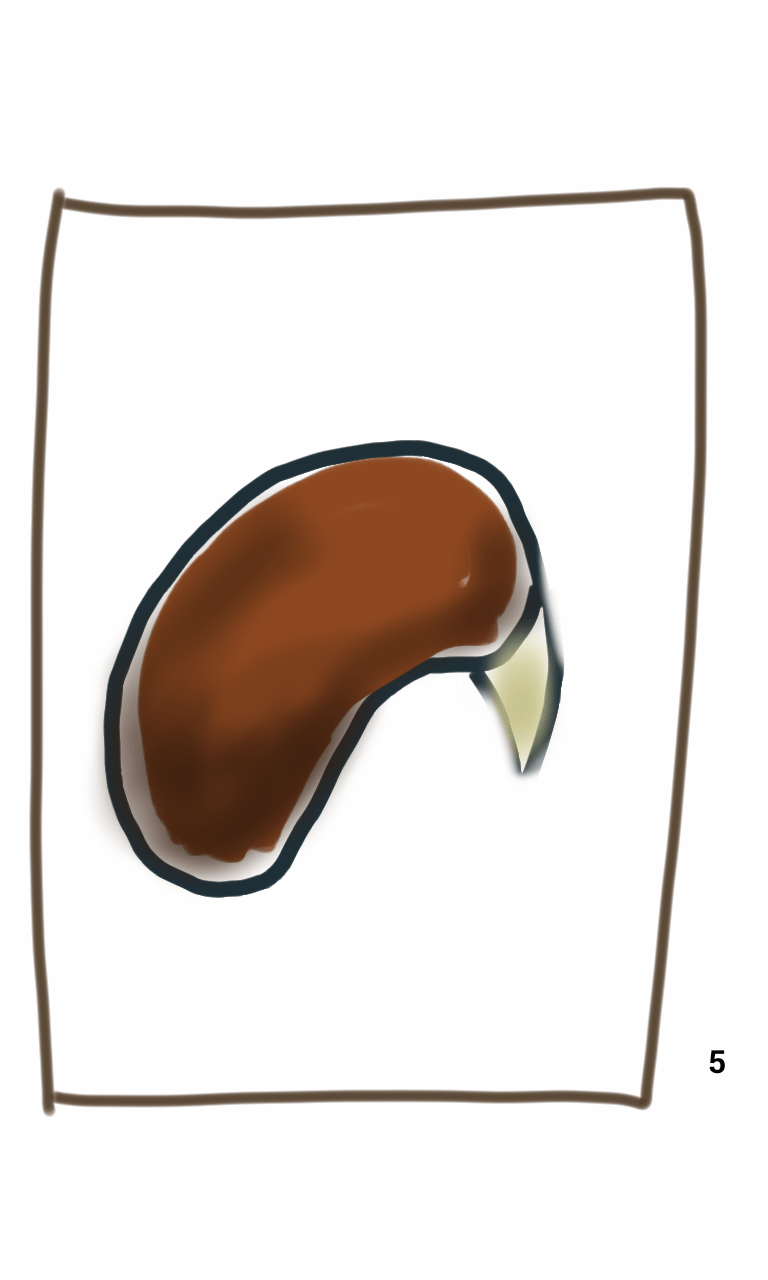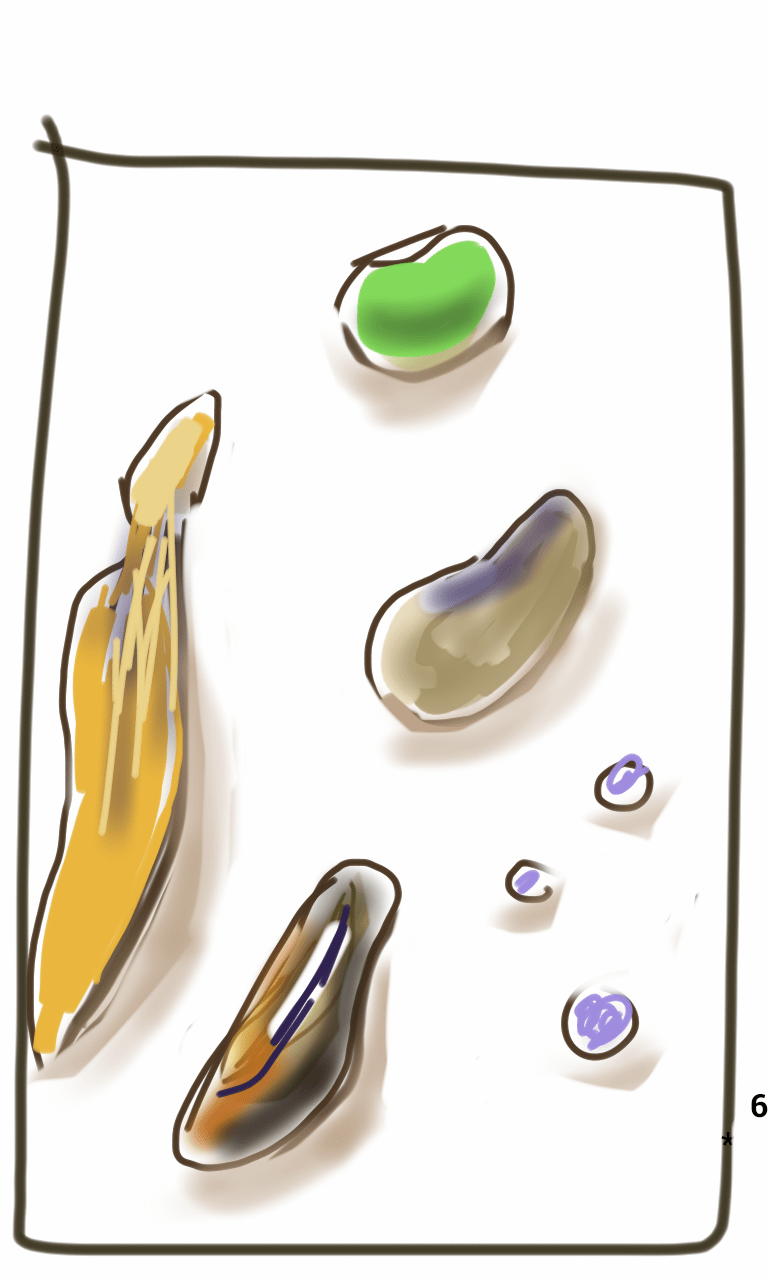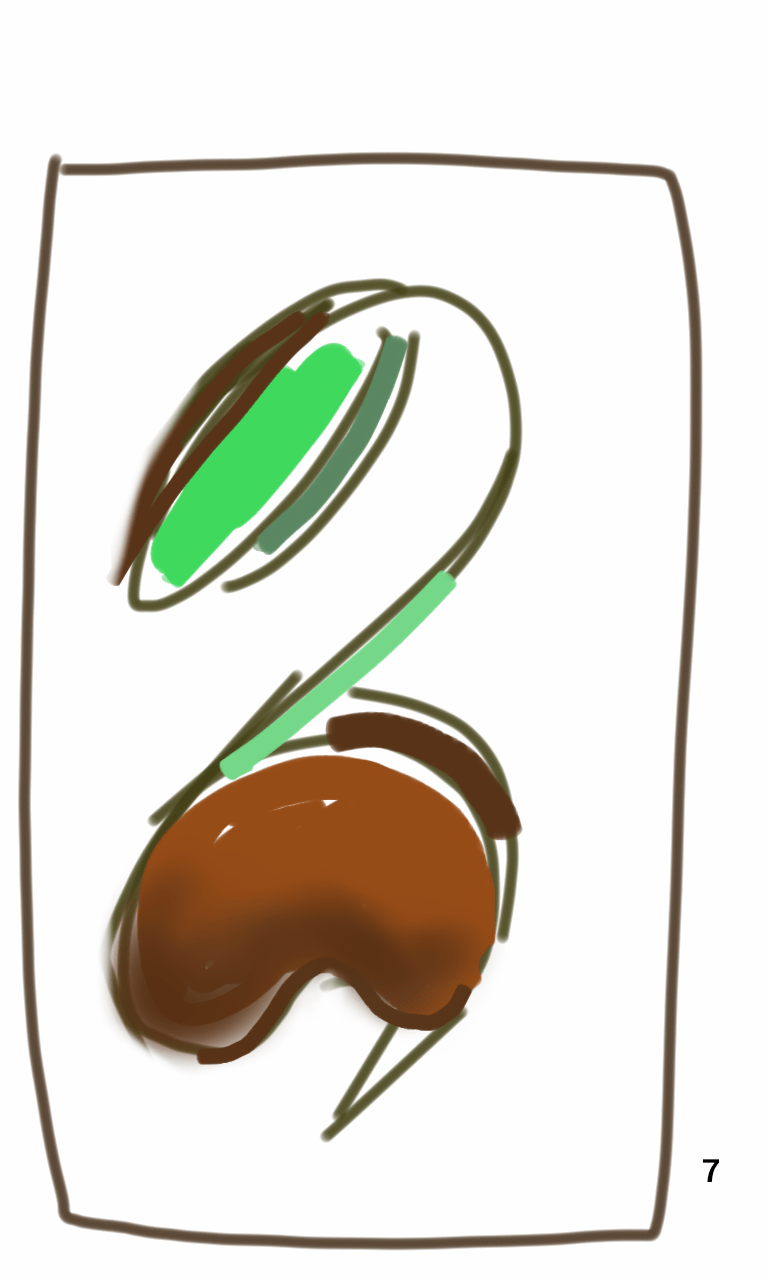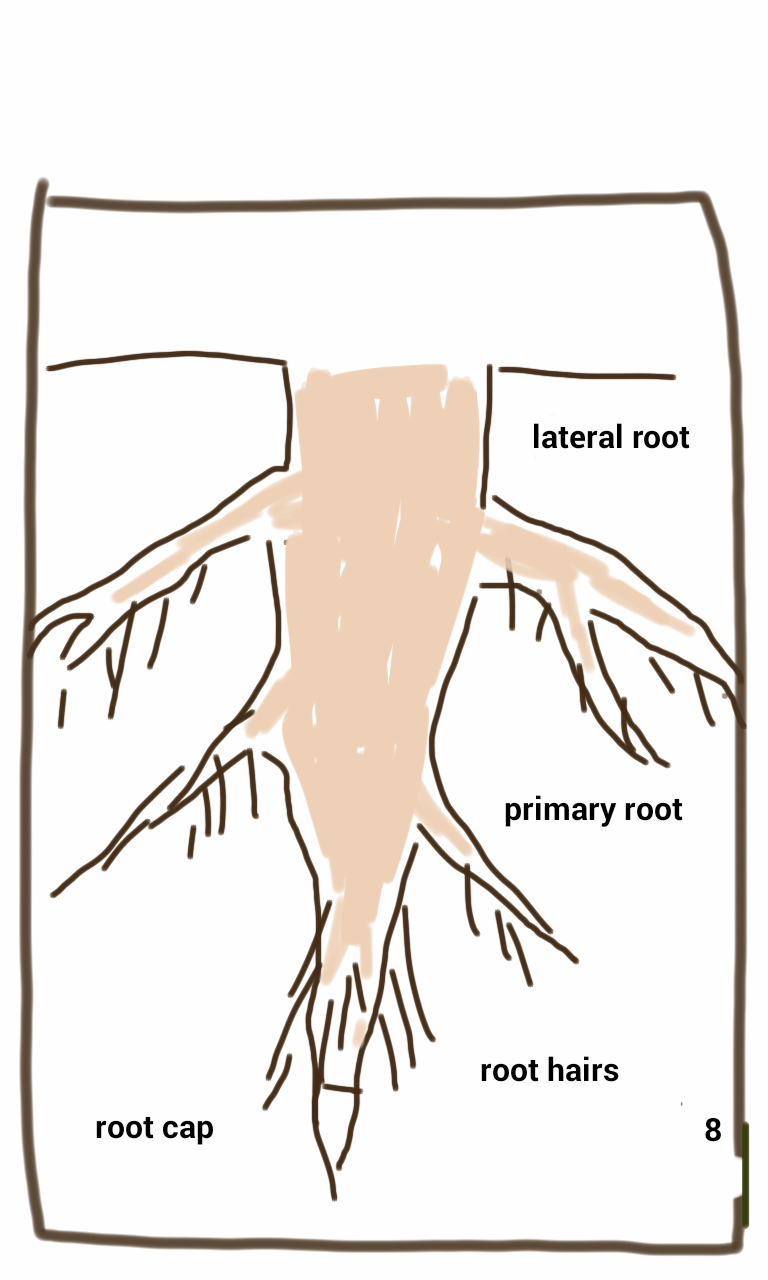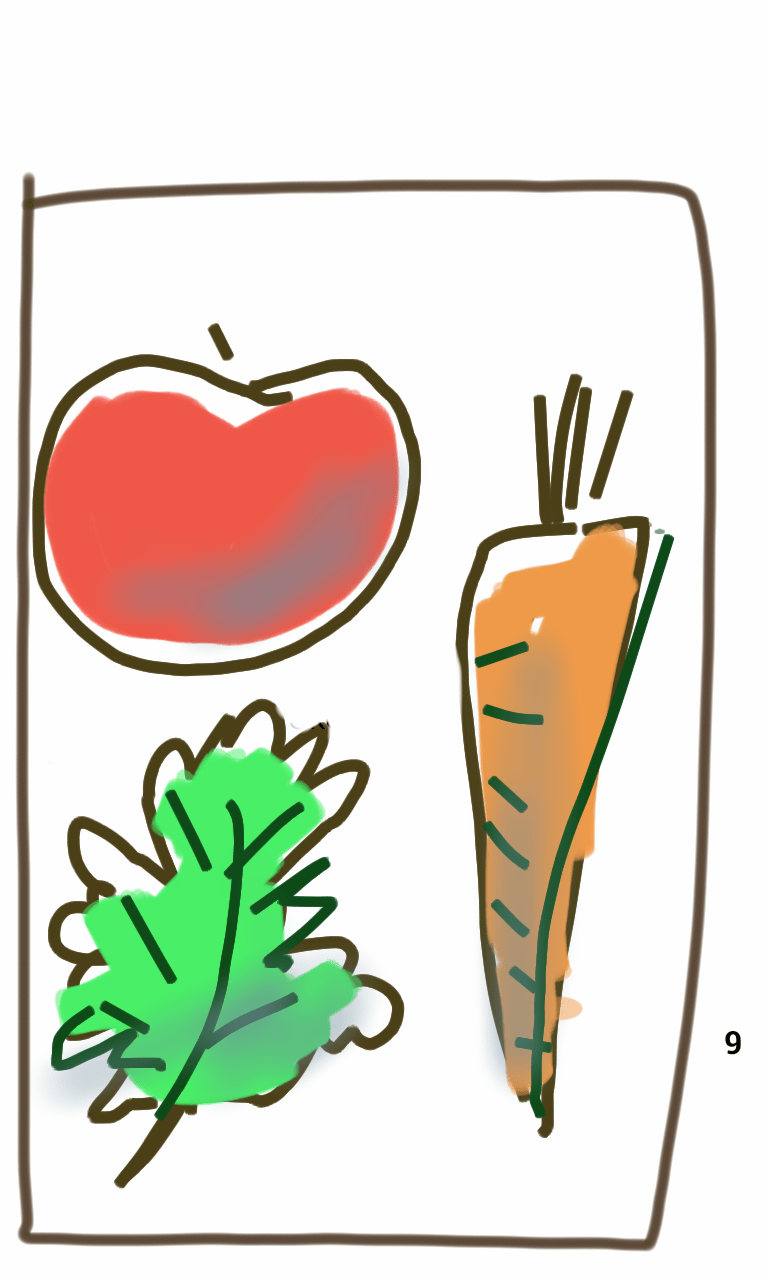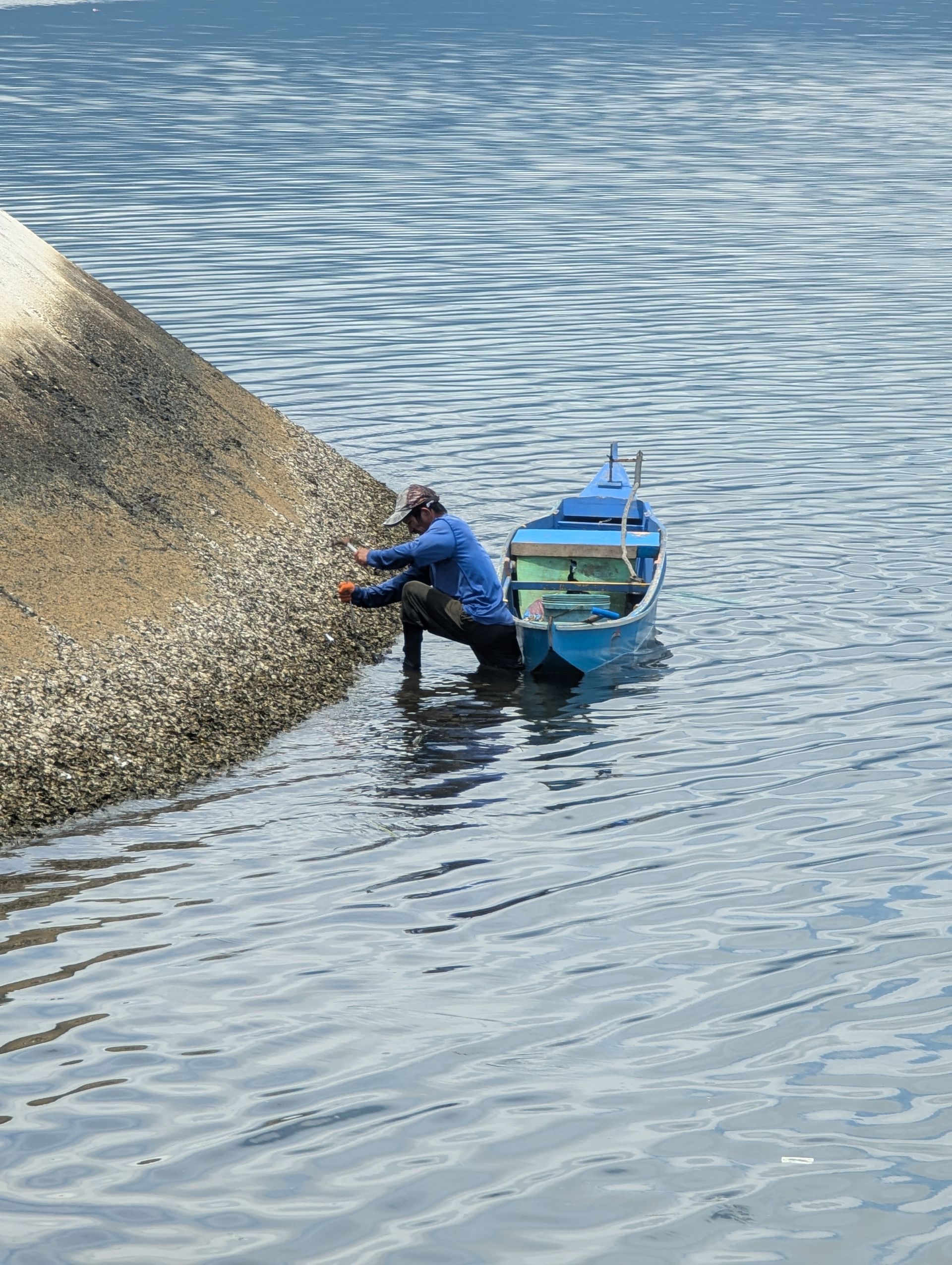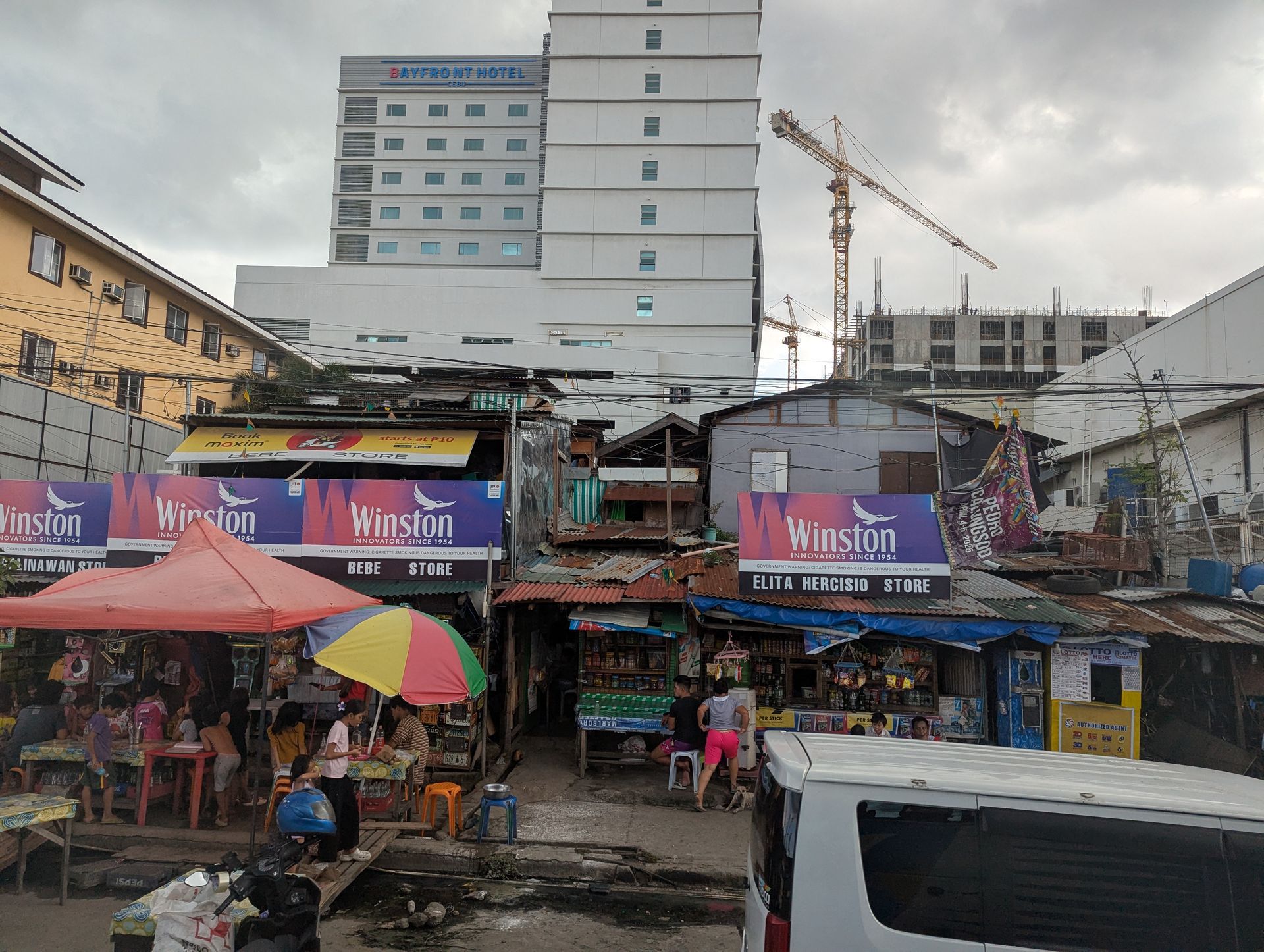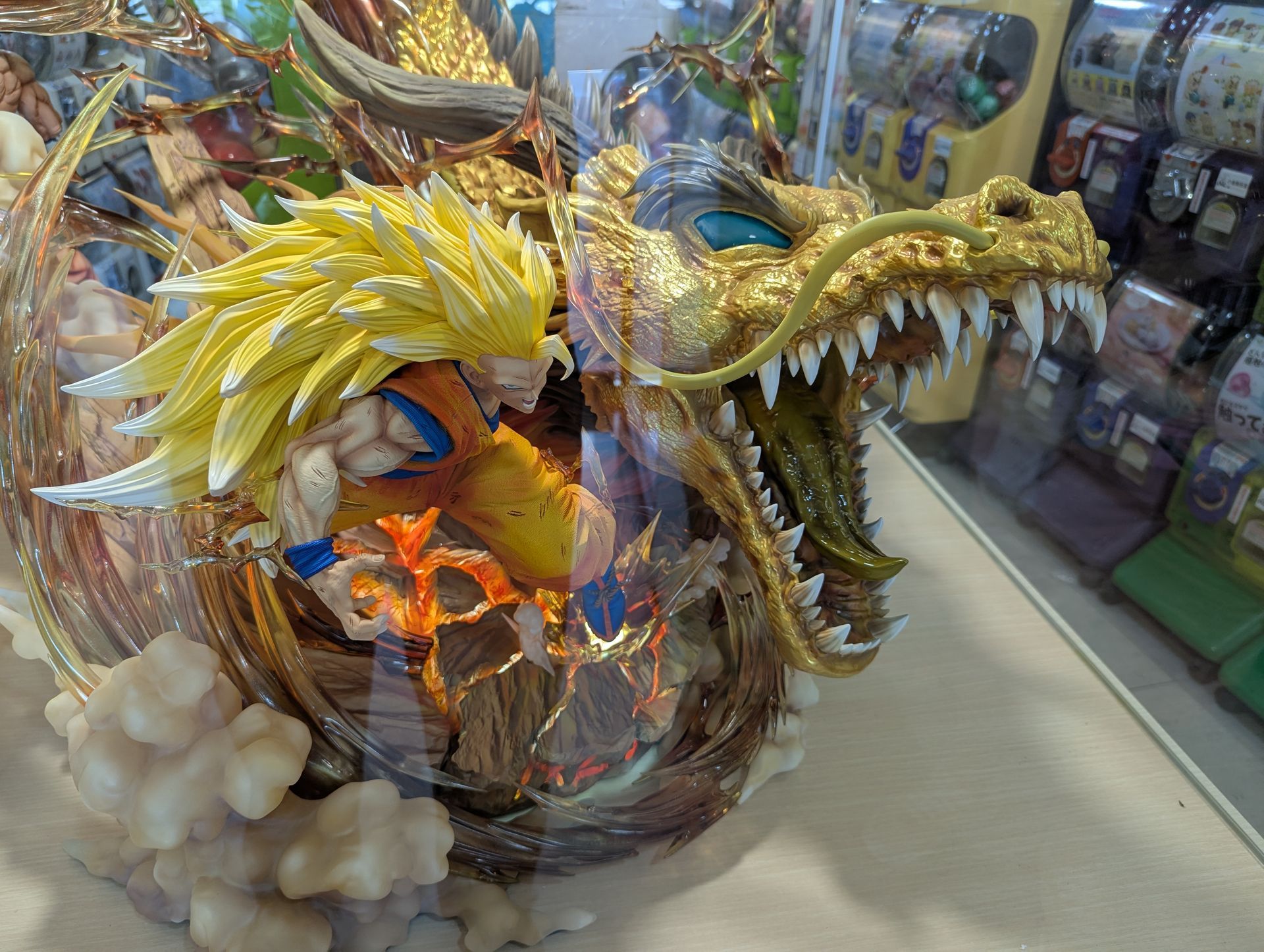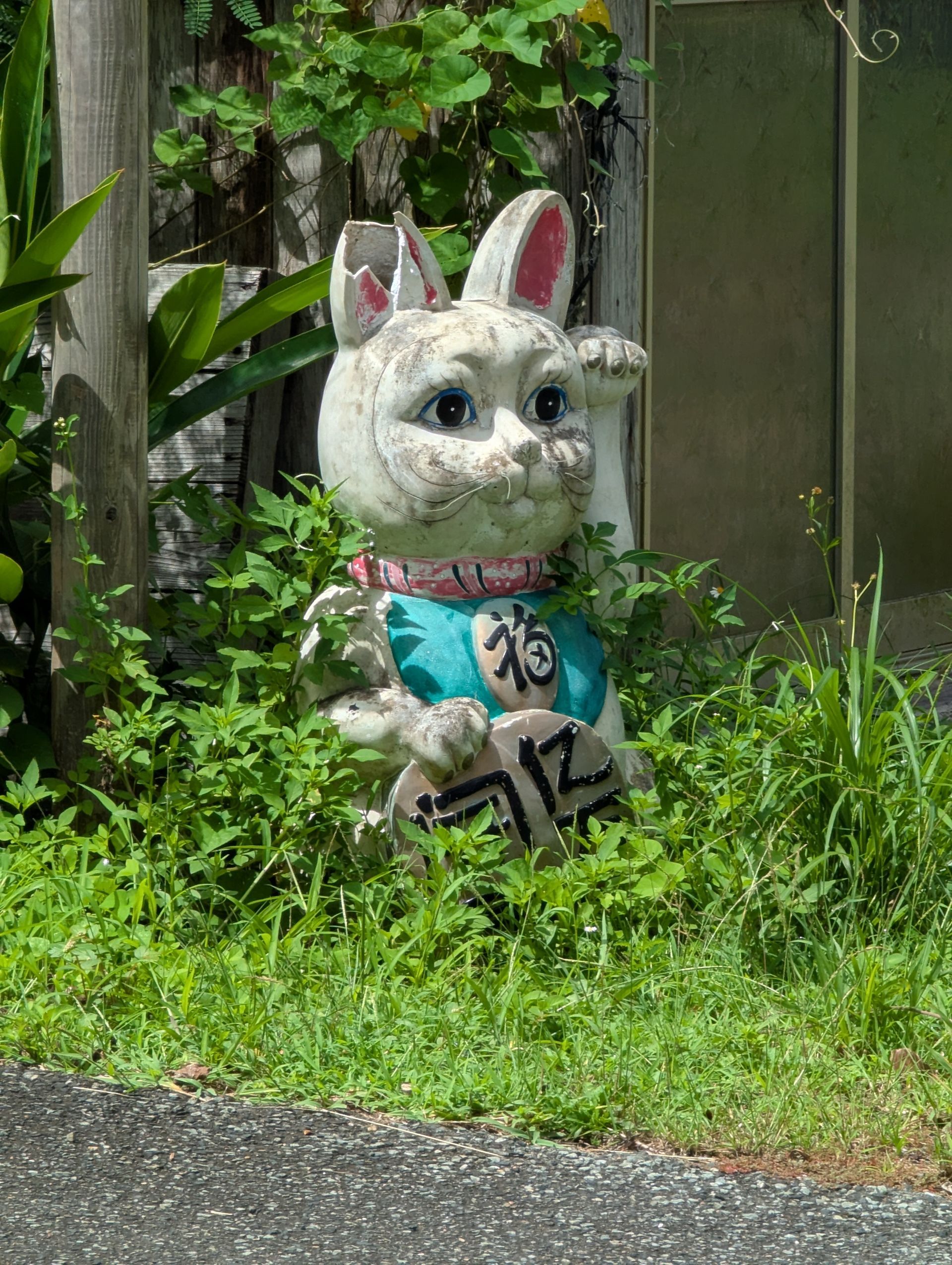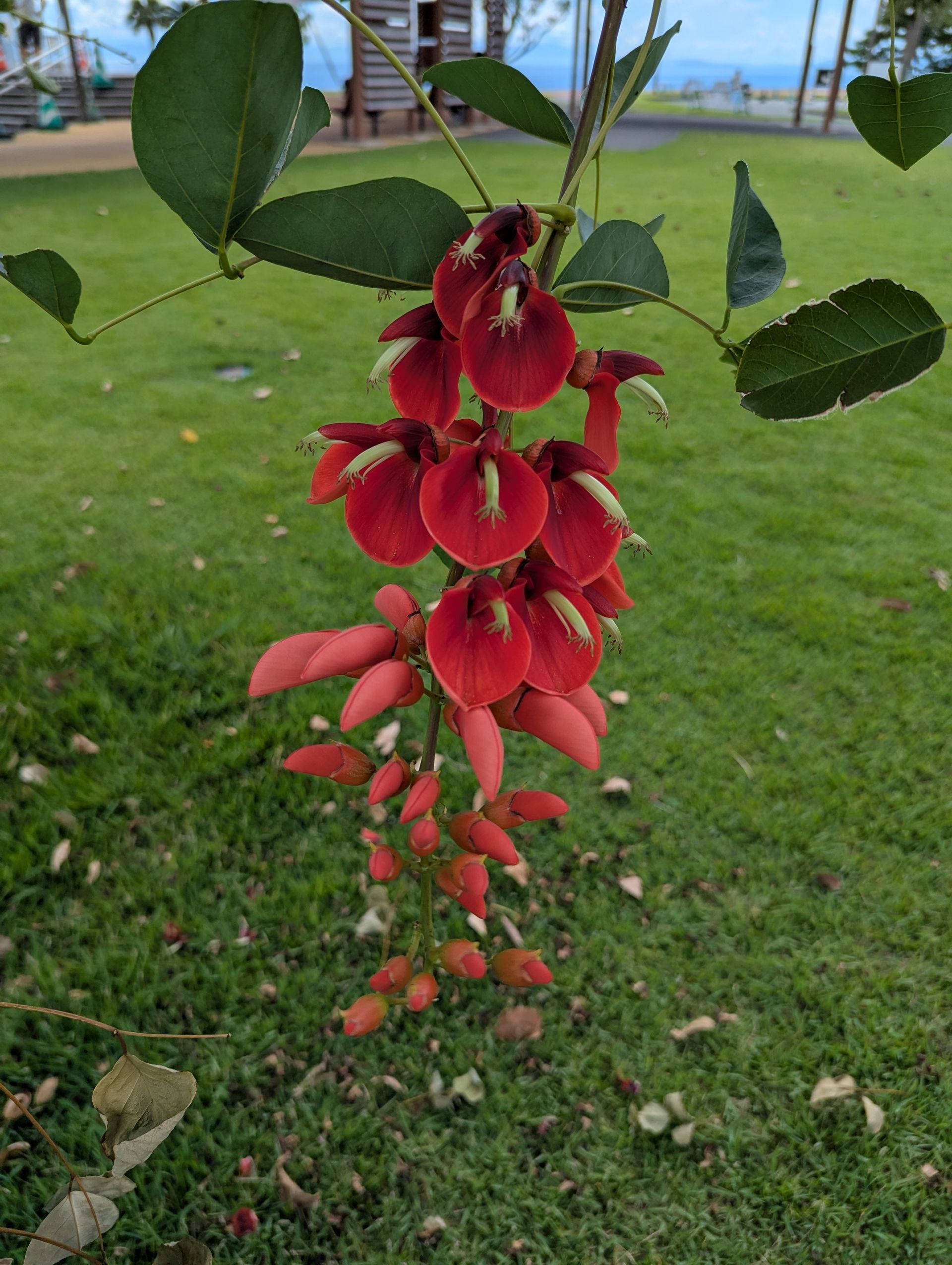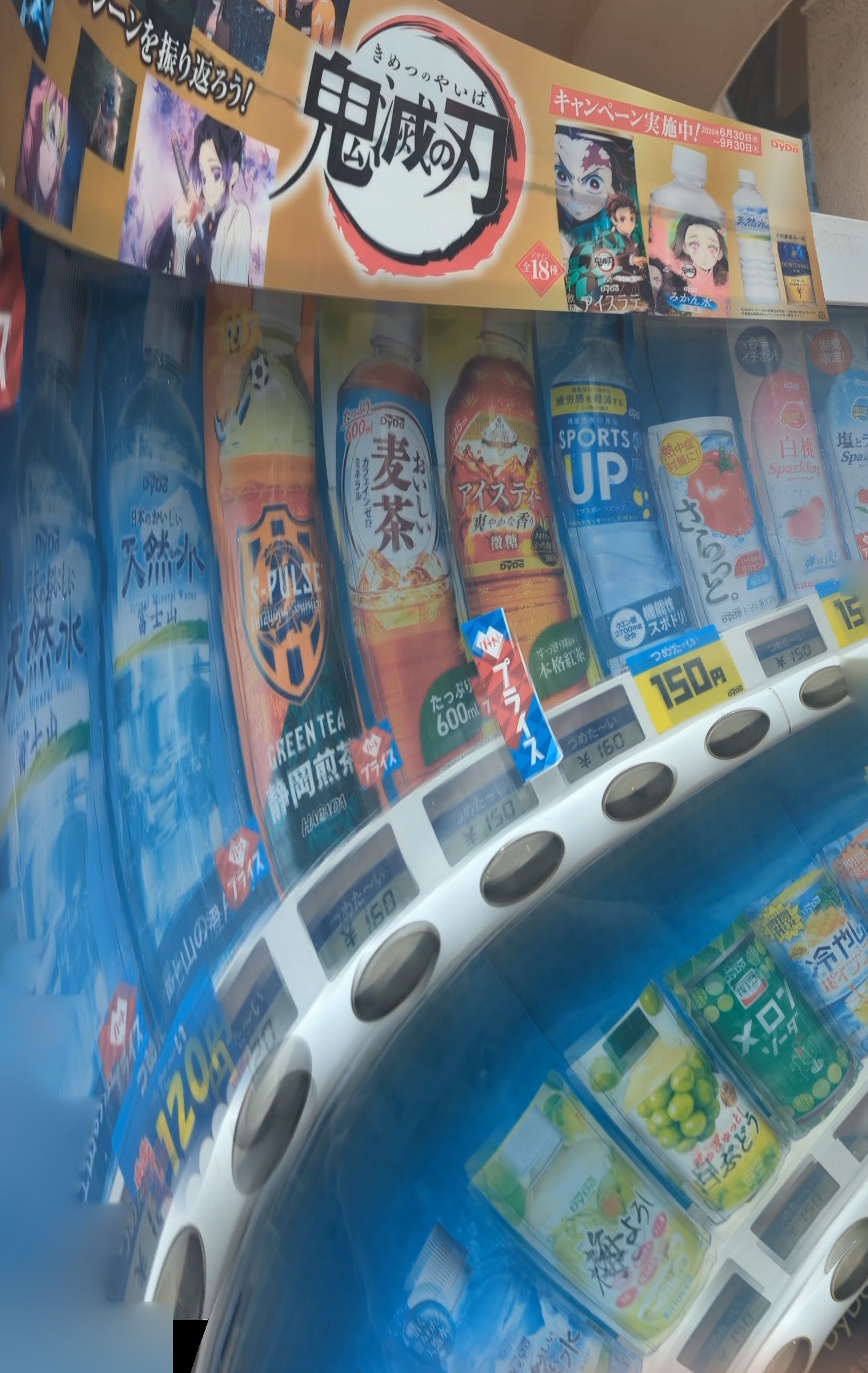The Life of a Root
Greetings Earthlings!
Soil. What is it good for? Why is there so much of it around under our feet? Very nice to look at, walk on and run on…but that couldn’t be the whole story… Let’s look at soil from the point of view of a root and maybe we can begin to ‘get to the root’ of why there is so much soil and why it is so very important to have lots of it.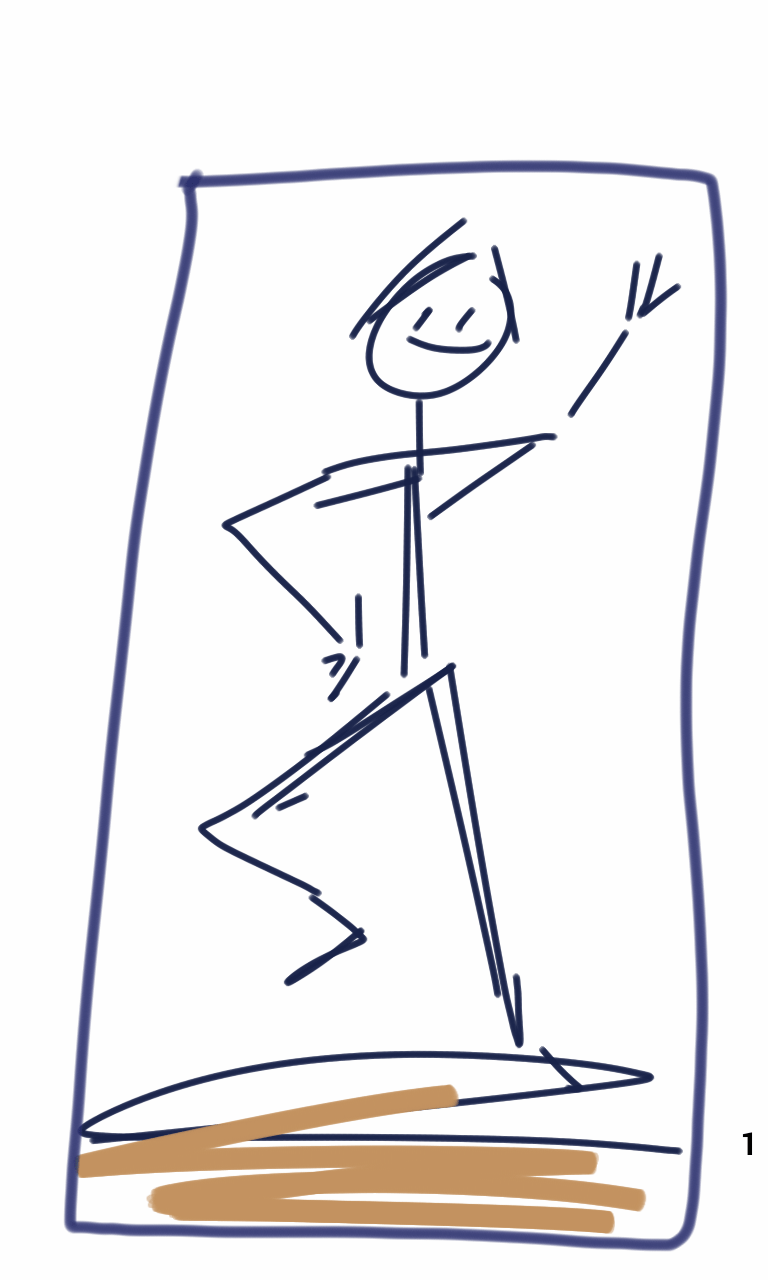
The root of a plant is very busy and most of it’s business happens out of sight, in the soil. With a simple activity we can observe the beginning of the life a root. Here is how to do it…
Find an empty glass jar with strait sides like a peanut butter jar and pour about two inches of water into it. 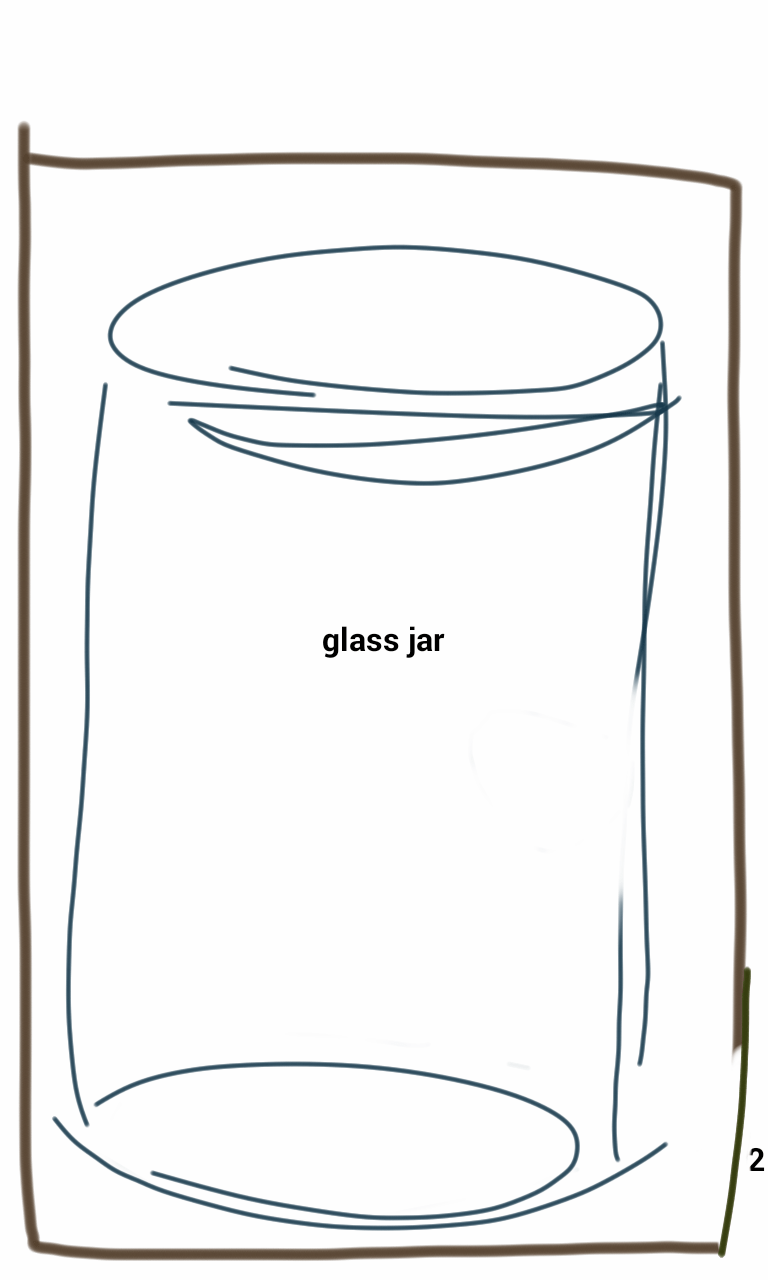
Take a piece of paper towel and make it into a cylinder then put it into your jar so that it stands up in it and presses against the sides. Now, choose the seeds you would like to sprout. Carefully place 4 or 5 seeds (using a pencil or chop stick to poke them gently into place) between the paper towel and the glass of your jar.
Don’t press them further than 1/2 way down the jar. You don’t want them to touch the water at the bottom. You will notice, while you were placing the seeds, the paper towel has been getting wet as it soaks up the water. This is just enough dampness to get your seeds started and to keep them pressed against the inside of the jar. Remember to keep an inch of water at the bottom of your jar. Just check it now and then. You don’t want the paper towel to dry out. Now you must be patient… very patient.
One day, and you may have to wait from 15 days or less to a month or more, (every different plant has seeds that make their own schedule) you will look at the seeds in your jar and you will see a tiny white nub has started to emerge (come out) from one of them.
This is the beginning of the very active life of a root. In fact, maybe if you have really, really sensitive feet and you stand barefoot under a tree you might be able to feel movements the roots are making underground? Just a thought. Anyway, the root will grow a little more each day and it ‘knows down’ from the very first moment it pokes out of the seed! How does the root know down and the leaf know up? Hmmmmm. This is one of the very many things we don’t have answers for, yet. Maybe you will be the one to figure it out someday!
What is happening to your seed is called germination, the process by which a plant grows from a seed. This word comes from a Latin word that was invented thousands of years ago, germinatus, which means ‘to sprout’. Your seed is ‘coming to life’. There are many different kinds of seeds and each plant type makes its seed look the way it wants.
Before the event of germination your seed held carefully protected the potential (possibility) for life within it – like a promise. If you had been looking closely at your seeds, as the days went by, you would have noticed that they were swelling slightly as they absorbed (soaked up) water from the wet paper towel that pressed against them. Water is very important for starting the process of germination. And as you will see, the root comes out first and then the folded first leaves arch out of the seed shell (sometimes wearing part of the shell as a cap!) and reach for sun light. A plant grows in two directions at once!
The root needs soil to develop to it’s full potential ( it’s form in the future). It uses soil to hold its plant stem, branches and their leaves secure in wind, rain and storm. This will make it possible for the leaves to keep reaching for the sun and photosynthesizing. (the way plants use sunlight to make their food). There is an awful lot going on at once that a new plant has to ‘get right’ so it can grow and mature. Once leaves have appeared from your seed you can plant it gently into soil. If we could see underground we would be able to watch the root grow longer and press deeper into the soil and start to grow lateral (from the side) ‘branches’ and finally hairlike rootlets off the branches that can be as small as one cell (smallest living unit) thick!
The root looks sort of like a tree underground but without leaves.
Roots are not just for support. They absorb and conduct water and minerals to their plant. They also store the food of photosynthesis that the leaves are making. A plant has to eat just like you.! And it eats stuff that is very much like what you eat. And you can eat certain plants, called vegetables!
Maybe we have a lot more in common with plants than we think… Did you know that they make what we need to breath (oxygen) and we make what they need to breath (carbon dioxide)? This is taking us to another subject that I will tell you more about in a future letter.
Now let’s go back to the root. Watch it carefully as it develops in your jar and use your magnifying lens to see the lateral branches and fine hairs that grow from it. See if you can find differences between the roots from different seeds. Why do you think there are differences? You can keep a special notebook to write down what you observe (see) and make drawings. Don’t worry if you are not an artist. Drawing is something everyone can do! It is just another kind of writing. So have fun! And send us your results. I will post them on the Renew the Earth website. Writing/drawing to you again soon.
Remember, “do what you do, do well!”
